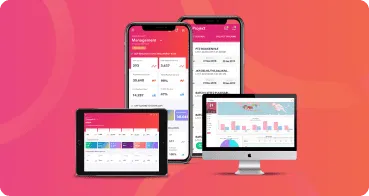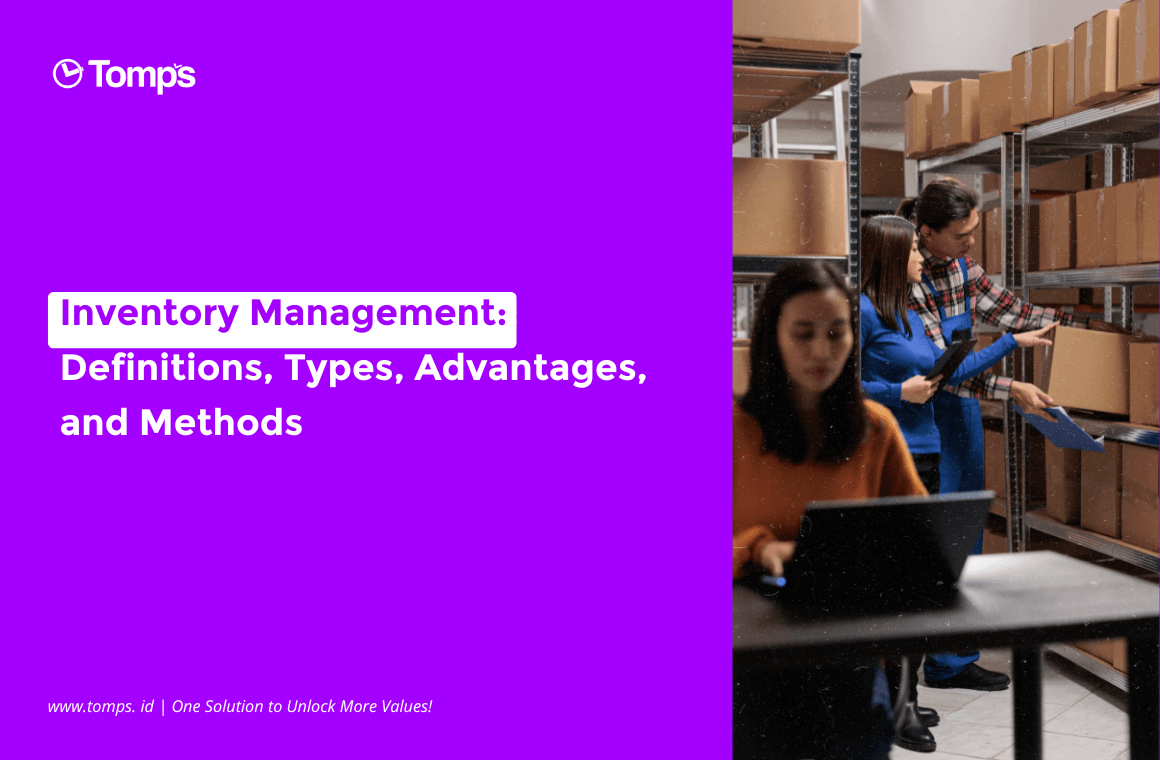Errors will always be found in the world of projects, no matter how meticulously they are planned. However, it should be noted that the project must be pursued in order for it to run in accordance with the provisions that have been established. One method is to use a time schedule, which in this case controls the project’s implementation so that it remains organized, measurable, and directed as a whole. In this context, “time schedule” also refers to managing a project from start to finish, including the duration of work and the estimated time for completion.
Understanding the Meaning of a Time Schedule
All projects require organized time management to reflect on and implement their project plans. Larger projects may have multiple schedules, necessitating the use of a formal scheduling system. Even the smallest projects, however, should have a one-page project master schedule to guide them.
In an increasingly globalized world, time perception is deeply rooted in culture and tradition.
According to PMI, one of the parameters for project success is the time schedule. If the time schedule is followed correctly, a good job’s quality will also improve. As a result, the time schedule is critical to the project.
You will know the time guidelines when looking for the human resources needed during the project if you have a time schedule, which also includes job specifications. Furthermore, the time schedule becomes a reference for project implementation so that it is completed on time, as well as controlling worker performance, which becomes the guideline for the beginning and end of the entire project. Finally, to monitor project progress and minimize obstacles so that they do not occur.
The Advantages of Using a Time Schedule
A time schedule can help project managers keep track of all work activities. To determine what type of time schedule is required in a project, the project manager must first understand the different types of time schedules and their applications.
Project scheduling, according to the Project Management Body of Knowledge Guide (PMBOK Guide), provides a detailed plan that represents how and when the project will deliver the products, services, and outcomes defined within the project scope and serves as a tool for communication, managing expectations, and serving as a basis for performance reporting.
Starting from PMI, understanding the purpose of the project schedule is essential when starting. In general, the purpose of a project schedule is to provide a useful “roadmap” for project managers and project teams to use in order to successfully complete projects. However, the type of schedule required to coordinate work in the main plant space differs from that required to coordinate work in the early stages of a large project when overall feasibility is being established.
The project schedule outlines what must be completed, which resources must be used, and when the project is due. This is a schedule that specifies the start and end dates as well as the milestones that must be met in order for the project to be completed on time. The project schedule is frequently used in conjunction with a work breakdown structure (WBS). To gain a better understanding of the project’s status, the project schedule should be updated on a regular basis.
Type of Time Schedule
According to PMI, the fundamental construction of the time schedule revolves around the appropriate approach to its development. This approach should be structured in a way that is simple to understand while still providing enough detail for experienced users to gather the requirements. This type provides a framework for implementing tried-and-true best practices to create executable schedules. In project management, there are several types of time schedules:
Specific Timetable
This type is used to create a timetable that can be determined on a daily, weekly, monthly, or yearly basis.
Bar Graph
A bar chart is a list of activities organized in a vertical column direction and time organized in a horizontal direction. A bar chart is used to identify time and sequence elements in the planning of an activity, which includes the start time, completion time, and reporting time.
S-curve
All project activities can produce the S curve. The S curve depicts project progress as a function of action, time, and work weight. The S curve is helpful for monitoring project implementation progress and providing benefits in reporting evidence.
Gantt Chart
scheduling paradigm, which displays work items and execution times as a bar graph. Gantt charts are helpful for communicating details about work orders and project progress according to a predetermined timeline.
EVA or EVM.
A time schedule model called “earned value management” (EVM) or “earned value analysis” (EVA) illustrates performance measurement in relation to a project’s time and cost.
Network Planning
If you want to use a time schedule in the form of a network diagram, the time schedule can be used as a Network Planning. Model ini digunakan dalam penyelenggaraan proyek dan model instrumen pengukuran jadwal proyek dengan menggunakan logika jaringan.
Distribution of Resources Scheduled
For example, the last time schedule is the distribution of resources. This scheduling model is an extension of the previous one, with the emphasis in this one on the resources that will be used during the process. It serves to provide information on resource allocation targets based on items that will be planned for the duration of a work project’s implementation. so that it can avoid wasting time and resources in the field as a whole.
That concludes our discussion of the significance of time management in project management. Hopefully, your input will help to improve project management quality.







